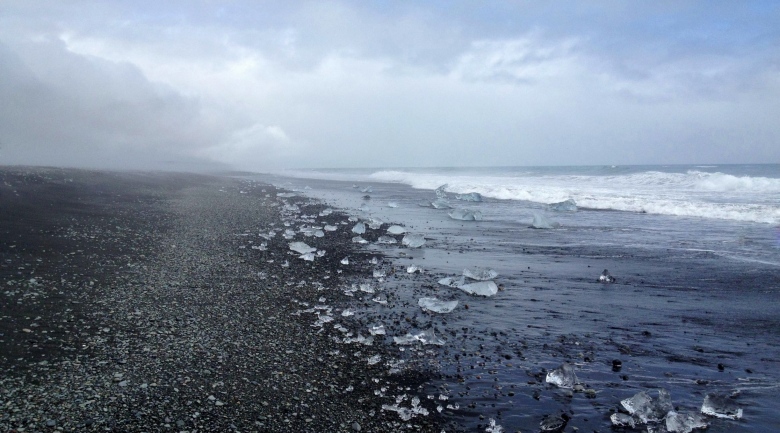
Trouble for the food chain in some of the world’s most productive fisheries and a preview of what is in store for the rest of the world’s oceans down the road. ‘The Arctic can be a great indicator’ of future issues, oceanographer Jeremy Mathis, of the Pacific Marine Environmental Laboratory, said.
Ocean acidification is a process happening in tandem with the warming of the planet and is driven by the same human-caused increase of carbon dioxide in the atmosphere that is trapping excess heat. The oceans absorb much of that excess CO2, where it dissolves and reacts with water to form carbonic acid (also found in soda and seltzer).
As CO2 emissions have continued to grow, so has the amount of carbonic acid in the oceans, decreasing their pH. The ocean generally has a pH of 8.2, making it slightly basic (a neutral pH is 7, while anything above is basic and anything below is acidic). An ocean that is becoming less basic is a problem for the creatures like shellfish and coral that depend on specific ocean chemistry to have enough of the mineral calcium carbonate to make their hard shells and skeletons.
Small snails the size of a human fingernail in polar coastal waters can react very quickly to increased acidity, with their shells dissolving. Such tiny creatures are often the linchpins of marine ecosystems, causing a domino effect up the food chain when they collapse. That’s a major concern in an area that has some of the globe’s most productive fisheries, especially the Bering Sea.
The polar oceans are particularly threatened by ocean acidification, as cold water is better at absorbing CO2 than warm water is. And in regions near the coast, this process is helped along by glacier melt and river runoff that also shift the water’s chemistry toward increased CO2 absorption.
